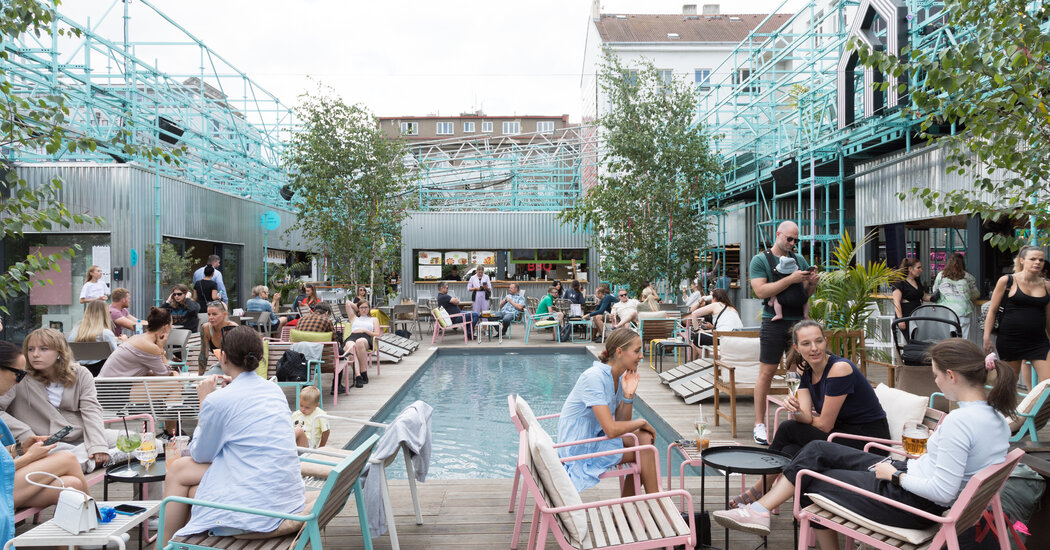Prague was justifiably popular with visitors before the pandemic, but life here often felt slightly out of whack before 2020. As a small counterbalance to an immense tragedy, the pandemic offered the city a chance for a much-needed reset. Residents had time to rediscover sites and neighborhoods that they’d long since abandoned to tourists. The sudden lack of foreign guests forced restaurant owners to refocus on customers who actually live here. Historic attractions underwent renovations. And new projects that went ahead with openings in 2020 and 2021 have made the city even more fun than before.
As a result, Prague now feels like a place with less touristic gimcrackery and more local flavor. It also has a younger vibe than many visitors might expect, explains Jan Valenta, who blogs about local restaurants and offers food tours through his company, Taste of Prague.
“The biggest difference, I think, between a Western country like the U.S. and a post-communist country like us is the distribution of wealth among generations,” Mr. Valenta said. “The older generation here doesn’t have the money to spend in these restaurants that young people go to.”
Mr. Valenta, 44, notes that he defines young “very generously.” But by any definition, the city sports more youthful vibrancy than in previous years, which might account for the newfound popularity of public spaces, including the embankments along the Vltava River, as well as islands and parks.
“There’s more of a sense of community than there used to be five years ago,” Mr. Valenta said. “People are more willing to meet and spend time together outside. That’s a very new development, I think, and it’s great.”
Some of those new spaces include Čapadlo, a scenic but overlooked spot on the Old Town embankment that debuted as an open-air concert venue and multipurpose hangout in mid-2021. Even attractions with a bit of history, like the popular promenade on the Rašín embankment known as Náplavka, gained new features during the pandemic, including new cafes and pop-up bars in the former ice-storage vaults in the retaining wall along the riverside walkway.
Less highbrow, but more immediate in terms of local memory: Retro Muzeum, an exhibition of everyday items from Czechoslovakia’s Normalization Era of the 1970s and 1980s, which opened inside Old Town’s Kotva department store earlier this year (adults, 220 koruny, or about $10). The commie-kitsch collection of clothing, furniture, interior…
Click Here to Read the Full Original Article at NYT > Travel…
